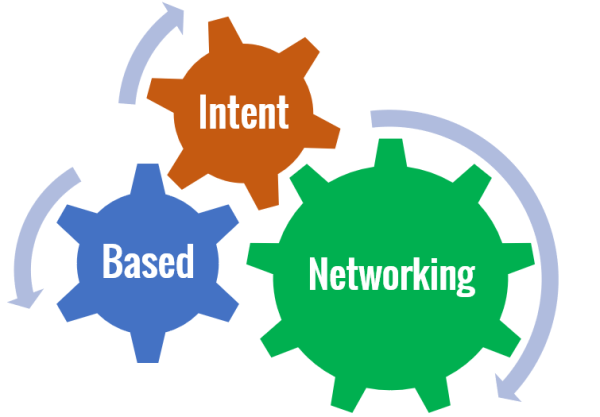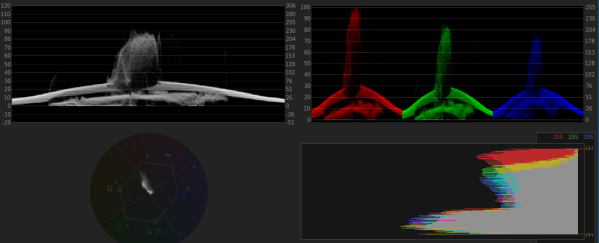BGP is the de facto routing protocol for inter-domain routing, or in other words, the global internet. It’s used to exchange routing information among autonomous systems around the entire world. Therefore, it’s extremely important we do what we can to secure BGP communications, what we advertise, and the methods we use to create peering relationships. However, BGP is decentralized in nature and generally built on trust between BGP peers making it difficult to secure and a popular attack vector.
For this post, I’ll focus on two main threats to BGP security and several (but not all) methods we can use to mitigate BGP security incidents.
Continue reading “Best Practices for Enhancing BGP Security”









